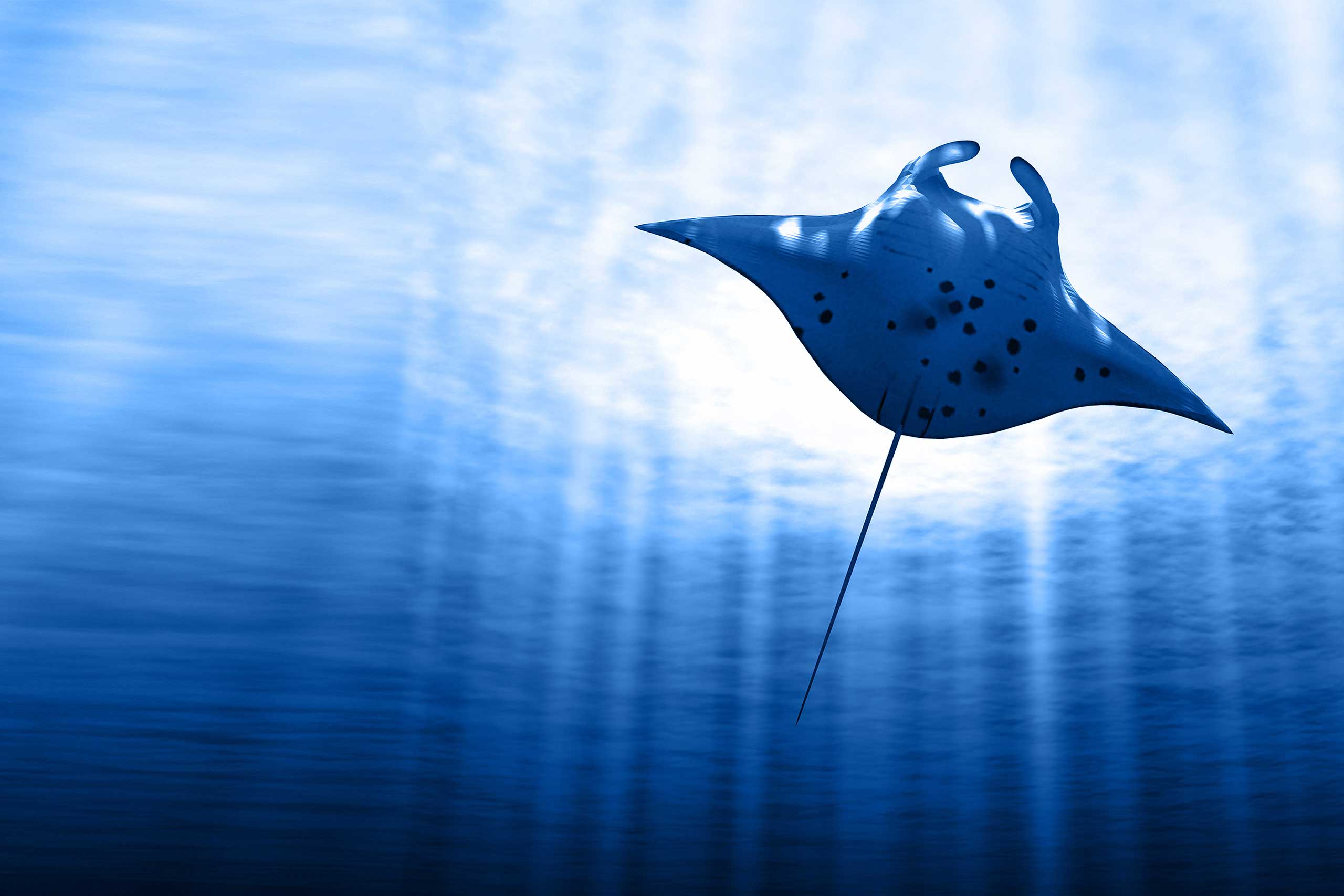Hawksbill
The hawksbill sea turtle (Eretmochelys imbricata) is a critically endangered sea turtle belonging to the family Cheloniidae. It is the only extant species in the genus Eretmochelys. The species has a worldwide distribution, with Atlantic and Pacific subspecies. E. i. imbricata is the Atlantic subspecies, while E. i. bissa is found in the Indo-Pacific region. The hawksbill's appearance is similar to that of other marine turtles. It has a generally flattened body shape, a protective carapace, and flipper-like arms, adapted for swimming in the open ocean. E. imbricata is easily distinguished from other sea turtles by its sharp, curving beak with prominent tomium, and the saw-like appearance of its shell margins. Hawksbill shells slightly change colors, depending on water temperature. While this turtle lives part of its life in the open ocean, it spends more time in shallow lagoons and coral reefs. Human fishing practices threaten E. imbricata populations with extinction. The World Conservation Union classifies the hawksbill as critically endangered. Hawksbill shells were the primary source of tortoiseshell material used for decorative purposes. The Convention on International Trade in Endangered Species outlaws the capture and trade of hawksbill sea turtles and products derived from them.
Bleaching
Bleaching occurs when corals expel their symbiotic zooxanthellae - pigmented, algae-like protozoa that live within the coral's cells. High temperature, pollution or other stresses can cause the coral to expel its zooxanthellae, leading to a lighter or complete loss of color.


